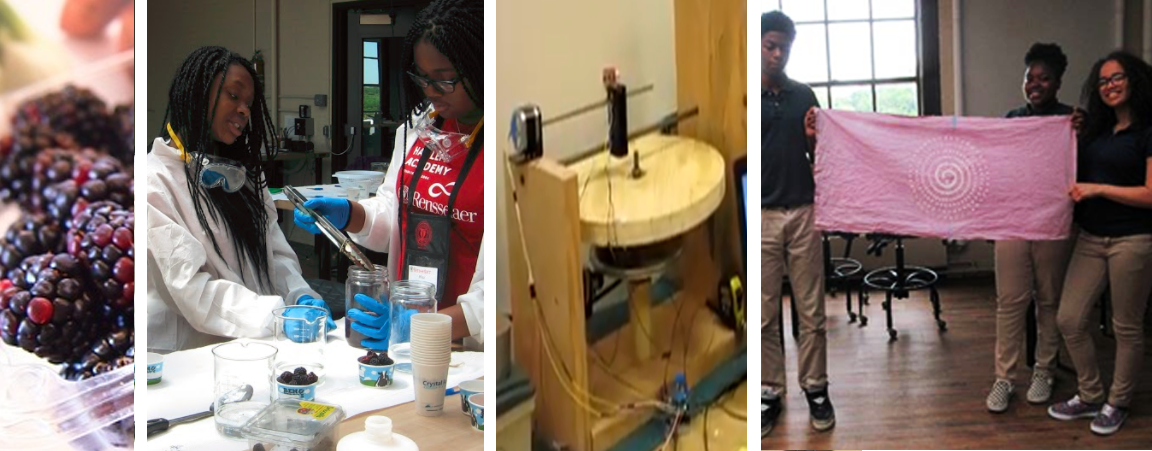Sustainable Dyes

Textiles cloth our bodies, warm us in our beds, and make us look fashionable. But the modern textile industry extracts value from nature and returns little other than pollution. It also extracts value from labor, as textile factory workers are among the most poorly paid. Workers are exposed to the chemical toxins used in coloring fabric. Artisanal textiles, leveraging traditional knowledge around dye making, allows the circular flow of value rather than extraction. Natural dyes come from plants, so the “waste” can be recycled back into the soil as compost. Artisanal labor often allows makers to own their own shops and sell goods at a fair price.
Today's industrial-scale factories make it hard for these traditional methods to compete. Can science and technology empower traditional textile methods and communities? In this website you will learn how traditional practices of color making and scientific experimentation can facilitate a more generative approach, one that circulates value to people and the environment rather than extracting it.
The challenge of this workshop is to explore how science and technology can empower traditional textile methods and communities. Students learn how synergies between traditional practices of color-making and scientific experimentation can facilitate a more generative approach, one that circulates value to people and the environment rather than extracting it.
Summary:
Students learn about the use of scientific experimentation to provide a generative approach to textile dyes. They explore the problems created by the synthetic dye industry and contrast those with the ecological and cultural value generated by natural dyes and artisanal labor. They experiment with pattern simulation to explore how information technology can improve traditional textile prints, and experiment with natural dyes to explore how chemistry and physics can help leverage natural, environmentally, and socially just resources for dye making while maintaining their historical and ecological context. In a final project, students create wall hangings using natural dyes and technology-enhanced printing techniques.
Through hands-on experimentation, students can explore
- tensions between automation and labor
- the chemistry, ecology, and economy of fabric processing and dying (especially environmental and health impacts/labor and resource injustices, implications of dying processes, and chemical processing of fabrics)
- the social, economic, and cultural issues within industrial and local (semi-) manufacturing fabric and fashion industry
- new roles for of cultural/traditional knowledge and expertise
This will highlight potential opportunities emerging from creating symbioses between local manufacturing, technological and scientific innovation, and traditional cultural knowledge and expertise, embedded in the life worlds and experiences of the students.